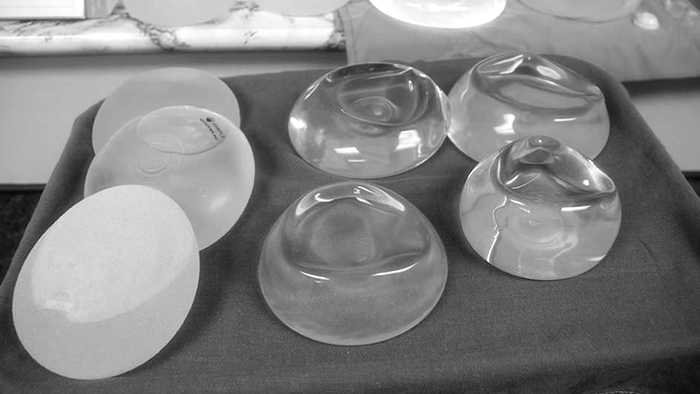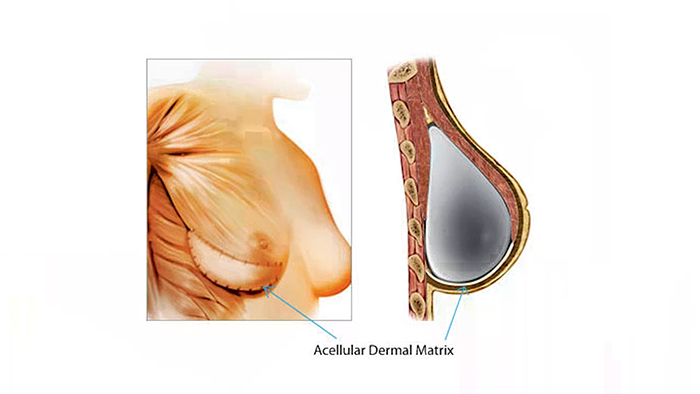If you had your breasts done over a decade ago, your body has changed and your breasts with it. A common misconception is that implant exchange is an easy “remove and replace” procedure. The truth is, many factors are involved that differ from your initial breast augmentation. Experienced breast surgeon Dr. Louis P. Bucky shares with us some of the variables involved in breast implant exchange surgery and reveals several important options to consider the second time around.
by Anne Meyer
and Louis P. Bucky, MD
The Great Unknown
“When they’ve already had an implant in place, there are so many things we don’t know,” explains Dr. Bucky. “The implant has changed their breasts. They’ve aged. Sometimes we don’t know the size of the implant. Often times we know where the implant is placed, but we don’t know what the rest of their anatomy is like.” Even if you do know the size of the implants you currently have, there are changes that have taken place in the surrounding tissues that will affect the choice of implant.
Operating Room: Discovery Mission
The internal anatomy won’t be clear until the operating room. The tissue around the implant may have changed enough that the surgeon needs to remove old scar tissue with the old implant, and they may need to create a new pocket. This means that implant exchange surgery is a “discovery mission,” making the planning process more complicated. Patient education in advance is important. “At the end of the day, once the patient understands what the variables are, and what the process of the operation is, we can usually come up with a good solution for them,” adds Bucky.
Change in Desires
“The patient’s body has changed and what they want fifteen years later may be very different than what they wanted when they were maybe 30 years old. We can make adjustments accordingly,” says Bucky. “We’ve got a whole bunch of new shapes and styles of implants to help match the patient’s new body.” Often, his implant exchange patients end up undergoing more than just a change in implant. Changing the implant alone does not address the surrounding skin. If you are unhappy with your nipple position on your breast, or if your skin has sagged over time, those are things that can be addressed with a lift at the time of implant exchange.
You Have Options!
“The good news is, we have a lot more options for these patients. We can add fat into areas where they may be a little short on what we call “soft tissue coverage,” notes Bucky. Fat transfer can restore volume around the implant where tissues have thinned over time. With all of these options and the added element of the unknown, breast implant exchange surgery is not a straightforward procedure. By communicating your goals to an experienced, board certified plastic surgeon and placing your trust in them for the operating room decisions, you can safely achieve the youthful breasts you desire.

















Facebook
Twitter
Instagram
YouTube
RSS